The Best Shoes for Dwarfism – Supportive, Lightweight, Flexible, and Extra Deep!
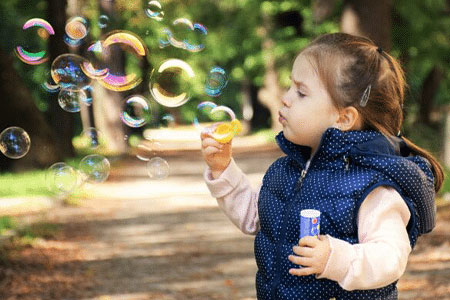
Struggling to find the right shoes for your child with dwarfism or achondroplasia? Many children also face foot conditions like flat feet, weak ankles, bowed legs, low muscle tone, or unusually wide feet, making the search even harder. As a professional shoe fitter, I understand how important it is to find shoes that offer proper support, comfort, and stability. The right pair can improve posture, balance, and mobility—helping your child feel more confident and comfortable every step of the way.
Improve Your Child’s Posture and Balance
There are two main types of dwarfism: disproportionate (shorter limbs with an average-sized torso) and proportionate (body parts in proportion but overall smaller). In either case, finding the right shoes is essential. Supportive, well-fitted shoes can improve your child’s posture, balance, and help prevent pain in the feet, legs, and lower back.
The Challenges of Finding Shoes for Children with Dwarfism
Children with dwarfism often experience foot and leg pain due to flat feet, rolled ankles, and low muscle tone. In some cases, I’ve even seen symptoms extend to lower back pain or numbness. These issues can impact mobility and overall comfort, making proper footwear more important than ever.
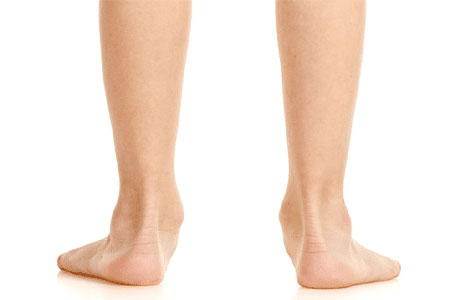
Some children’s shoes are specially designed to offer more than just a good fit—they provide a stable base, firm heel counters, and straight lasts that help align your child’s feet and legs. This added support can make a big difference in improving posture, balance, and overall comfort.
5 Key Features of Shoes for Kids with Dwarfism
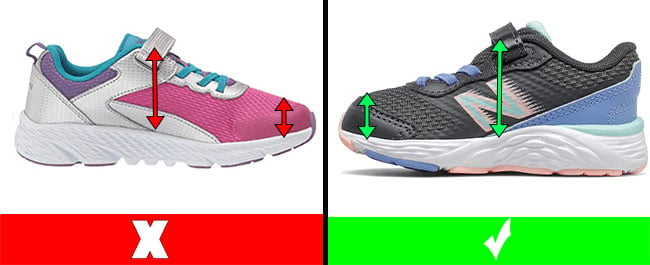

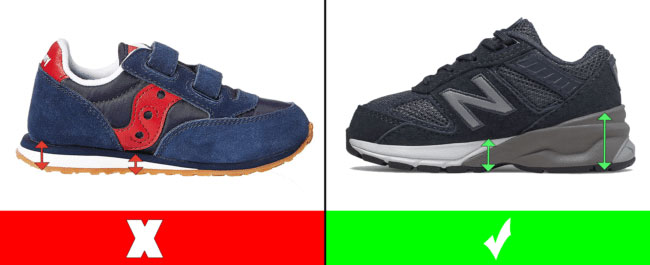
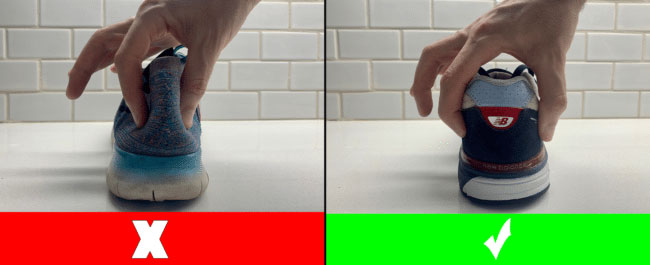
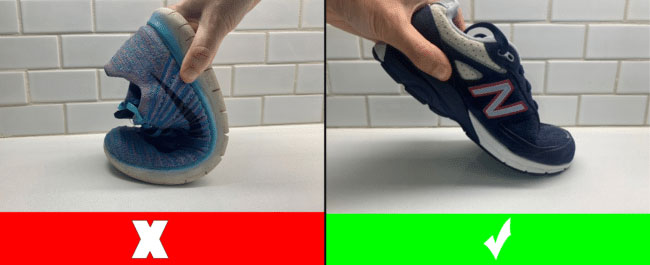
With these features in mind, here are my top shoe recommendations for 2025. Disclosure: This post contains affiliate links. We may earn a small commission at no extra cost to you.
The Best Shoes for Dwarfism to Improve Balance and Posture
Each of these options has been carefully selected to cater to the unique needs of children with dwarfism, ensuring they have the support and comfort they need to thrive.
1. New Balance Kids’ 574 NEW-B Hook & Loop. These New Balance wide shoes for dwarfism offer extra depth, wide toe boxes, and cushioned midsoles, providing both comfort and support. The wide Velcro straps allow you to open the shoe widely for easy on and off.
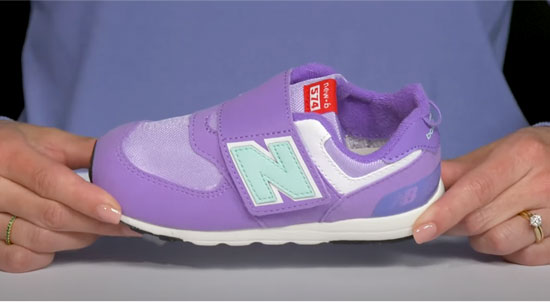
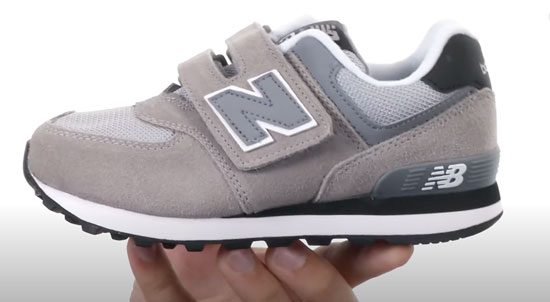
Key Features
- Available for toddlers, little, and big kids
- Order the shoe style 574 New-b V1 by New Balance on Amazon or the New Balance website
- Also available with laces on the New Balance website, Amazon, and Zappos
- Available in medium, wide, and extra wide widths
- Received the Seal of Acceptance from the American Podiatric Medical Association (APMA)
- I suggest that you get this shoe a half size larger than your child’s current foot size
2. See Kai Russell and Robyne. These See Kai Run wide shoes feature extra depth and wide toe boxes for children with dwarfism. The double Velcro straps allow for easy on and off.
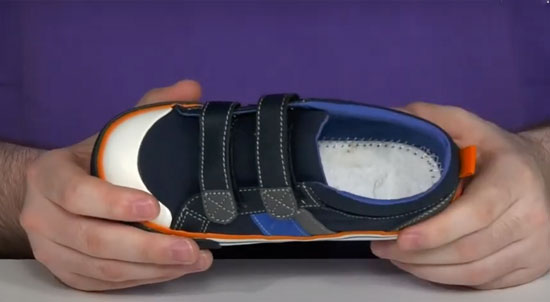
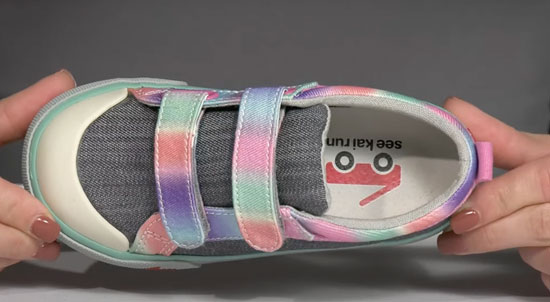
Key Features
- Available for toddlers and little kids
- Order the shoe style Robyne by See Kai Run on Zappos or Amazon
- Not available in wide or extra wide widths but fits naturally wide
- Awarded the Seal of Acceptance from the American Podiatric Medical Association (APMA)
- Padded tongue and collar for added comfort
- Breathable textile lining and cushioned insole
- I suggest that you get this shoe a whole size larger than your toddler’s current foot size
3. Shoe Style 990v6 by New Balance. These are the best New Balance shoes for wide feet and dwarfism and they are available with Velcro or laces. The downside that many parents complain about is the high price tag.
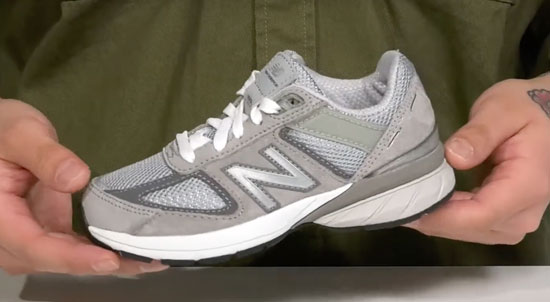
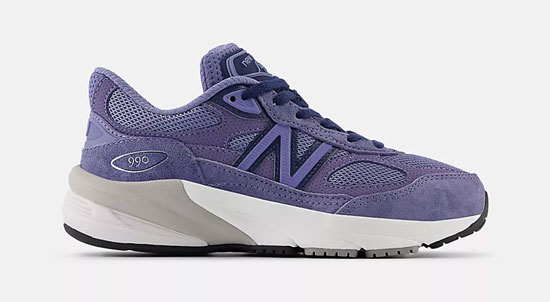
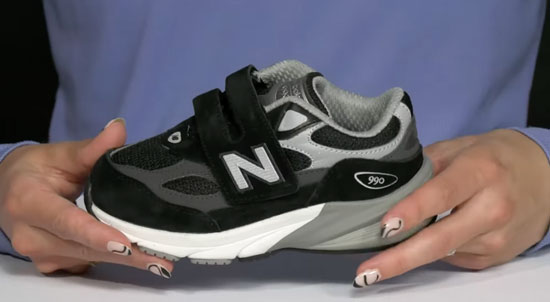
Key Features
- Available for toddlers, little, and big kids
- You can order the 990v6 with laces on the New Balance website, Amazon, or Zappos
- Available in medium, wide, and extra wide widths
- Also available in pink and navy blue
- There is also a Velcro version of these shoes available in navy blue and pink
- I suggest that you get this shoe a half size larger than your child’s current foot size
4. Ikiki Shoes. These shoes are a fantastic option for kids with wide feet and high insteps. Designed with a roomy toe box and adjustable straps, they provide a comfortable, secure fit without squeezing or putting pressure on the top of the foot.
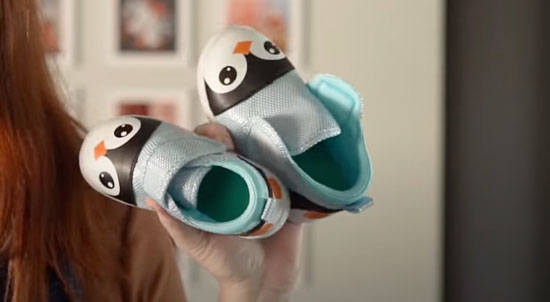
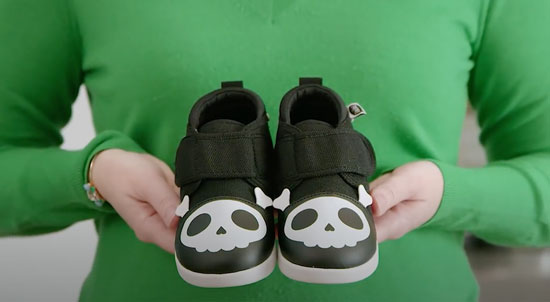
Key Features
- Available for toddlers and little kids
- Order the shoe style by Ikiki on Amazon
- Not available in wide or extra wide widths but fits naturally wide
- Wide opening to make it easy to put on and take off shoes
- Synthetic Vegan Leather
- Squeaks can be turned on/off with a switch
- I suggest that you get this shoe a whole size larger than your toddler’s current foot size
5. See Kai Run Lucia Mary Jane. This Mary Jane features extra depth and a roomy toe box that provides ample space for growing feet, while the adjustable hook-and-loop strap ensures a secure, customized fit without pressure on the top of the foot.
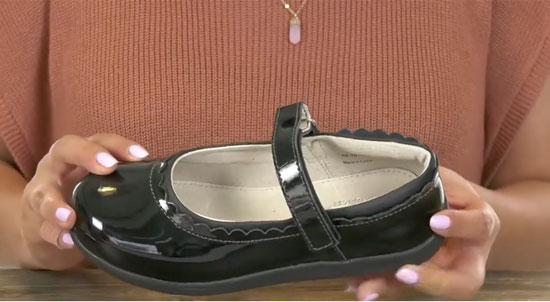
Key Features
- Available for toddlers and little kids
- Order the shoe style Lucia by See Kai Run on Amazon or Zappos
- Not available in wide or extra wide widths but fits naturally wide
- Awarded the Seal of Acceptance from the American Podiatric Medical Association (APMA)
- Durable cotton drill upper, comfy leather insole, and recycled mesh lining keep feet fresh
- Breathable textile lining and cushioned insole
- I suggest that you get this shoe a whole size larger than your toddler’s current foot size
6. Fresh Foam 650 by New Balance. These wide and extra wide New Balance shoes provide extra depth, oversized openings, and round toe-boxes, making them an ideal choice for kids with dwarfism.
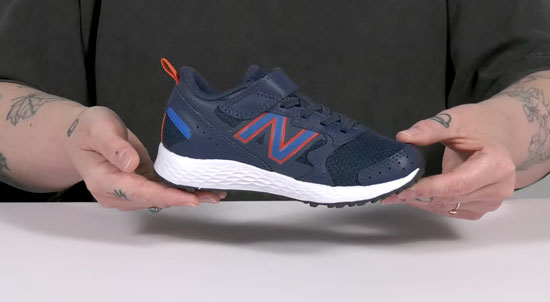
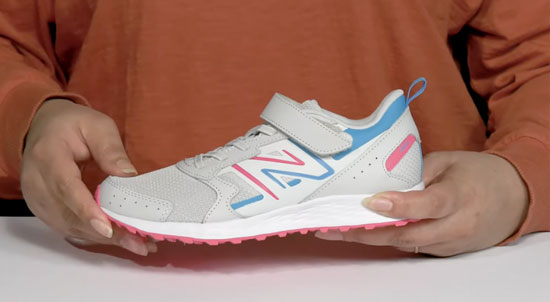
Key Features
- Available for toddlers, little, and big kids
- Order the shoe style 650 by New Balance on the New Balance website or Zappos
- Available in medium and wide widths
- Also available with laces on Zappos and Amazon
- I suggest that you get this shoe a whole size larger than your toddler’s current foot size
7. Shoe Style Rave Run v2 by New Balance. These New Balance extra wide shoes for dwarfism provide extra depth and round toe-boxes. Parents like that these shoes are offered at an affordable price point.
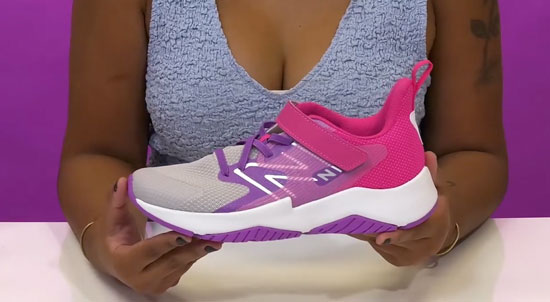
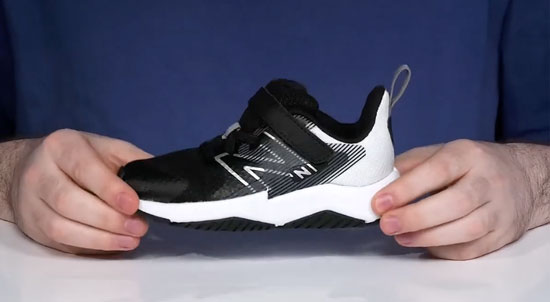
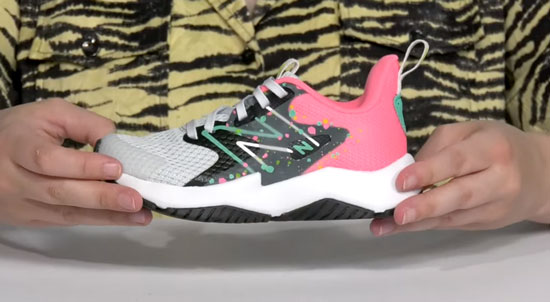

Key Features
- Order the shoe style Rave Run by New Balance on Zappos, Amazon, or the New Balance website
- Available in wide and extra wide widths
- Breathable mesh upper
- Padded collar and tongue
- I suggest that you get this shoe a half size larger than your toddler’s current foot size
8. Shoe Style Cross Em Up by Adidas. These Adidas wide shoes are a great option for kids with dwarfism who love stylish footwear from a well-known, popular brand—without compromising on comfort and fit.
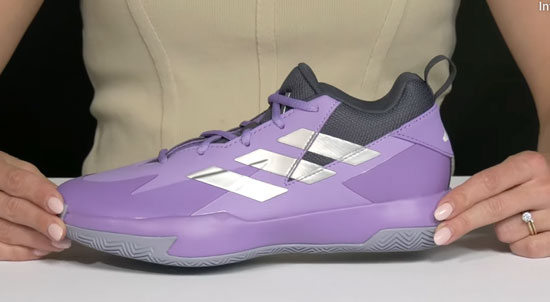
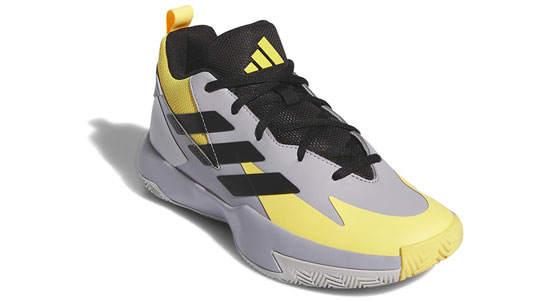
Key Features
- Available for little and big kids
- Order the shoe style Cross Em Up Select by Adidas on Zappos or Amazon
- Available in medium and wide widths
- I suggest that you get this shoe a whole size larger than your child’s current foot size
9. Shoe Style Fresh Foam Arishi v4 by New Balance. These New Balance shoes with deep toe-box are ideal for kids with dwarfism. Families appreciate how these shoes are available in wide and extra wide widths and offered at a reasonable price.
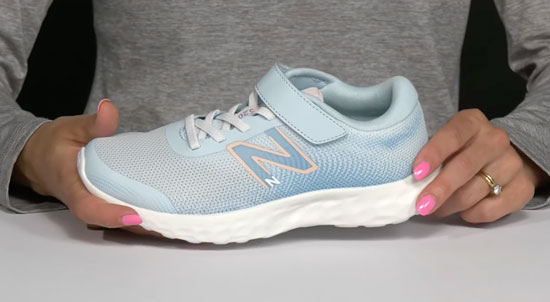

Key Features
- Available for toddlers, little, and big kids
- Order the shoe style Fresh Foam 650 by New Balance on the New Balance website or Amazon
- Available in medium, wide, and extra wide widths
- Also available with laces on the New Balance website, Zappos, and Amazon
- I suggest that you get this shoe a whole size larger than your child’s current foot size
10. Shoe Style M2P Journey 3.0 Adapt by Stride Rite. These Stride Rite wide shoes provide extra depth and extra long Velcro straps to make sure they accommodate your child’s wide feet and high insteps.
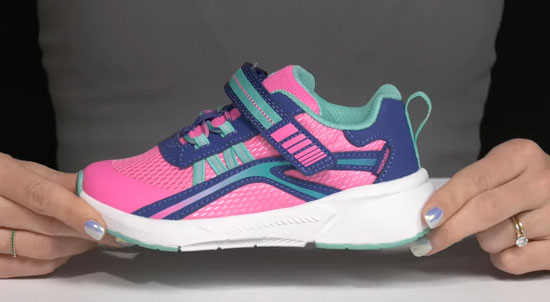

Key Features
- Order the shoe style M2P Journey Adapt by Stride Rite on Zappos or Amazon
- Available in extra wide widths
- APMA approved
- Leather upper
- I suggest that you get this shoe a half size larger than your toddler’s current foot size
Reach Out for Personalized Shoe Recommendations
Every child’s foot is unique, and personalized shoe recommendations can make a world of difference. Don’t hesitate to reach out for expert advice tailored to your child’s specific needs. Whether it’s determining the best shoe size or identifying the right features for your child’s foot shape, professional guidance can help you make informed decisions.
Virtual Guide to Getting the Correct Shoe Size Online
I always recommend having your child properly fitted at a specialized children’s shoe store, where trained fitters can accurately measure their feet. Unfortunately, these stores are becoming harder to find as many have closed in recent years. That’s why I created a helpful resource that lists some of the best-fitting children’s shoe stores across the country—organized by state—to make your search a little easier.
Finding the right shoe size online can be tricky. To help, I’ve created a virtual guide that walks you through the process of measuring your child’s foot at home and retrieving your child’s exact foot shape (medium, wide, extra wide).
What Socks Are Better for Kids with Wide Feet?
Choosing the right socks is just as important as selecting the right shoes. For kids with wide feet, opt for socks that offer a snug fit without being too tight. Look for materials that provide breathability and moisture-wicking properties to keep feet dry and comfortable. Seamless socks can also prevent irritation and blisters, ensuring that children’s feet remain comfortable throughout the day.
Furthermore, consider socks with a bit of stretch, which can accommodate growth and provide a comfortable fit as children move and play. Socks that complement the features of the shoes can enhance overall comfort and ensure that children enjoy their activities without any foot-related concerns.
Does Your Child Want to Look a Little Taller?
If your child is interested in shoes that offer a bit of a height boost, consider shoes with higher platforms or built-in lifts. These options can provide a subtle increase in height while maintaining the necessary support and comfort.
The perfect shoe can help mitigate some common issues associated with dwarfism, such as joint pain and difficulty walking. By ensuring that children have shoes that cater to their specific needs, we can help them navigate the world with more ease and less discomfort.

Do you make shoes made for adults Tanya lee Davis she is s comedian
Hello Holly,
Unfortunately, I don’t manufacture shoes. I am familiar with which shoe styles fit deeper so I am more than happy to help her find the correct type of shoes for her feet.